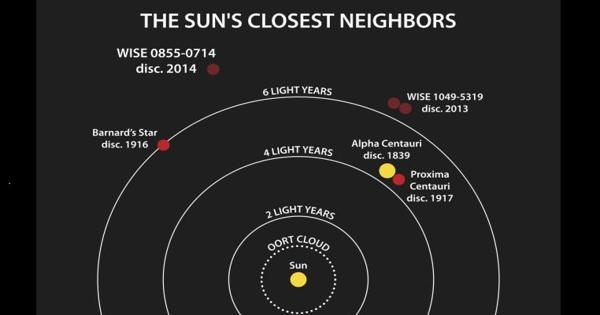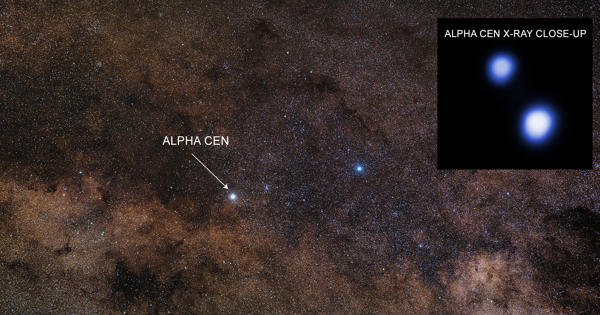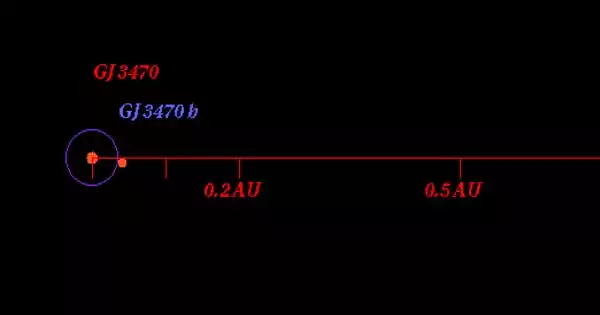Alpha Centauri is the brightest star in the southern Centaurus constellation. It is the closest star system and closest planetary system to Earth’s Solar System at 4.37 light-years (1.34 parsecs) from the Sun. It is the fourth brightest star in the night sky, with a magnitude of -0.01. It is visible in the Southern Hemisphere and is too far south for most of the Northern Hemisphere to see. It could be one of the closest habitable planet prospects to date, although it’s probably not much like Earth if it exists.
Alpha Centauri is the third brightest star in our night sky – a famous southern star – and the nearest star system to our sun. Through a small telescope, the single star we see as Alpha Centauri resolves into a double star.
Alpha Centauri is a binary star system of two stars A & B. There are Alpha Centauri A and B, which are sun-like stars that form a tight binary orbit around one another about 4.37 light-years away. The distance between them is quite close. To the naked eye, the stars are too close for the eye to be able to see them as separate. And then there’s Proxima Centauri, a small red dwarf that’s actually closer to us (4.24 light-years away) and has a much looser gravitational relationship with the other two stars. Their orbit is about the distance of the giant planets from our Sun.

It is a triple star system, consisting of three stars: α Centauri A (officially Rigil Kentaurus), α Centauri B (officially Toliman), and α Centauri C (officially Proxima Centauri). There is a third star, Proxima Centauri (or Alpha Centauri C). Proxima Centauri is orbited by two planets, one of which (Proxima b) seems to be an Earth-size exoplanet in the habitable zone (the region of a star’s orbit where liquid water can form on the surface). This is usually considered separately, but in fact, it is also gravitationally connected to the other two. But Proxima b is thought to be tidally locked and inundated by stellar winds, which means it’s unlikely to be habitable. It is actually slightly closer to us, with a very much larger orbit around A and B.
System
Viewed as a triple star system, Alpha Centauri is the closest to our own, being 4.2-4.4 light-years (ly) away. The Alpha Centauri system’s potential to host life-bearing worlds has always intrigued scientists, but no known exoplanets have ever been established there—in part because the close proximity meant it was too bright for astronomers to really narrow in on any planetary objects in the area.
Alpha Centauri is a triple star system, with its two main stars, Alpha Centauri A and Alpha Centauri B, being a binary component. It consists of two main stars, Alpha Centauri A and Alpha Centauri B (which form a binary star together) at a distance of 4.36 ly, and a dimmer red dwarf named Proxima Centauri at a distance of 4.22 ly. To the naked eye, Alpha Centauri AB appears to be a single star, the brightest in the southern constellation of Centaurus. Both of the two main stars are rather similar to the Sun. Alpha Centauri A and B are gravitationally bound together, orbiting about a common center of mass every 79.9 years at relatively close proximity, between 40 to 47 astronomical units (that is, 40 to 47 times the distance between the Earth and our sun). The larger star, Alpha Centauri A, is the most similar to the Sun, but a little larger and brighter.
Information Source:
















